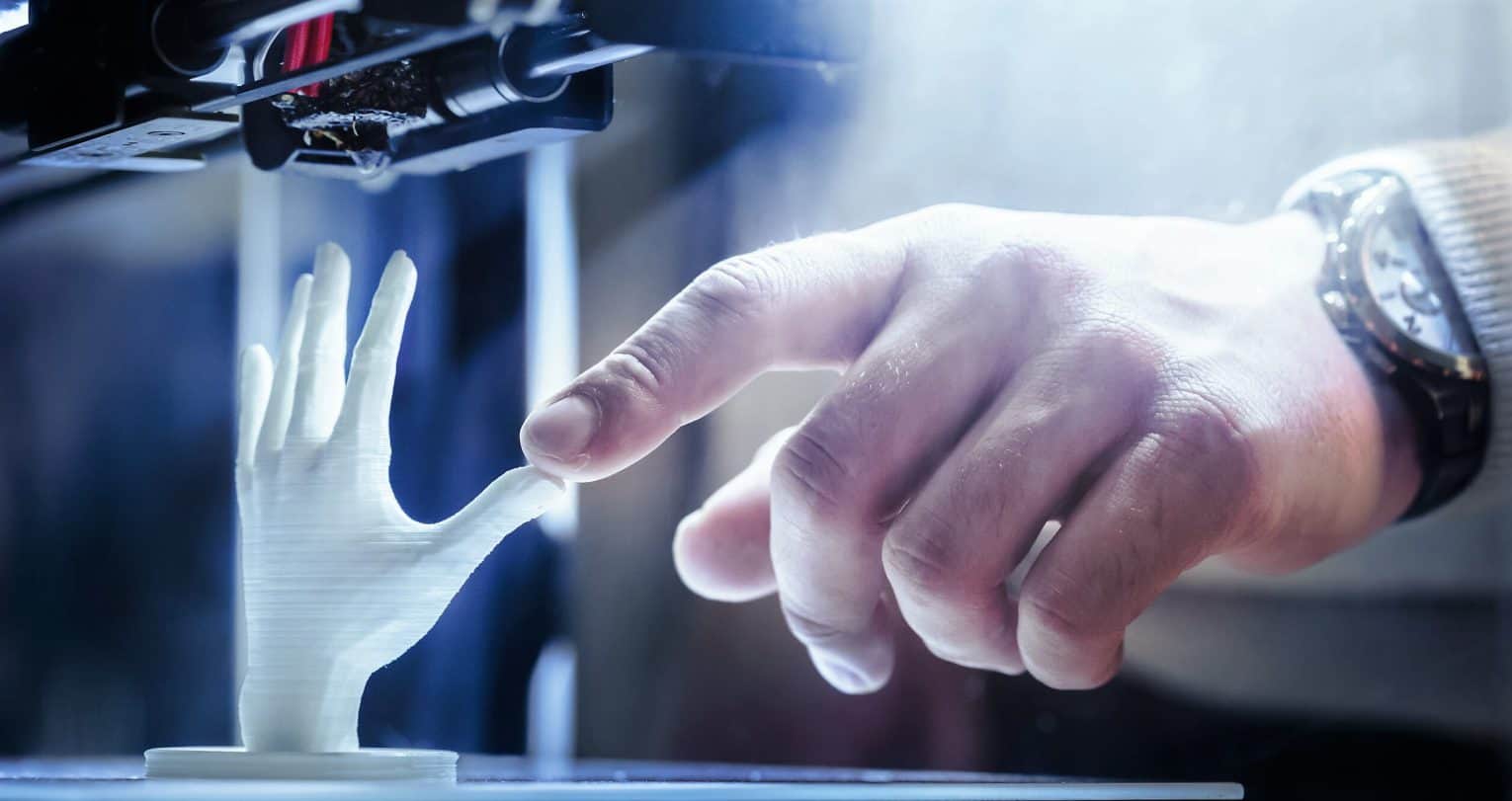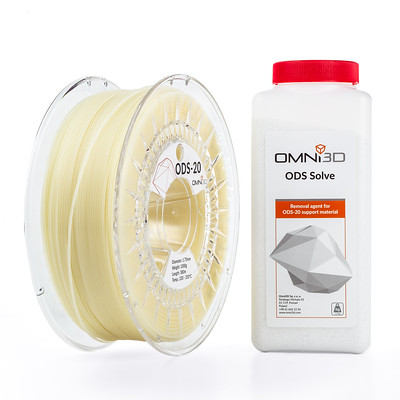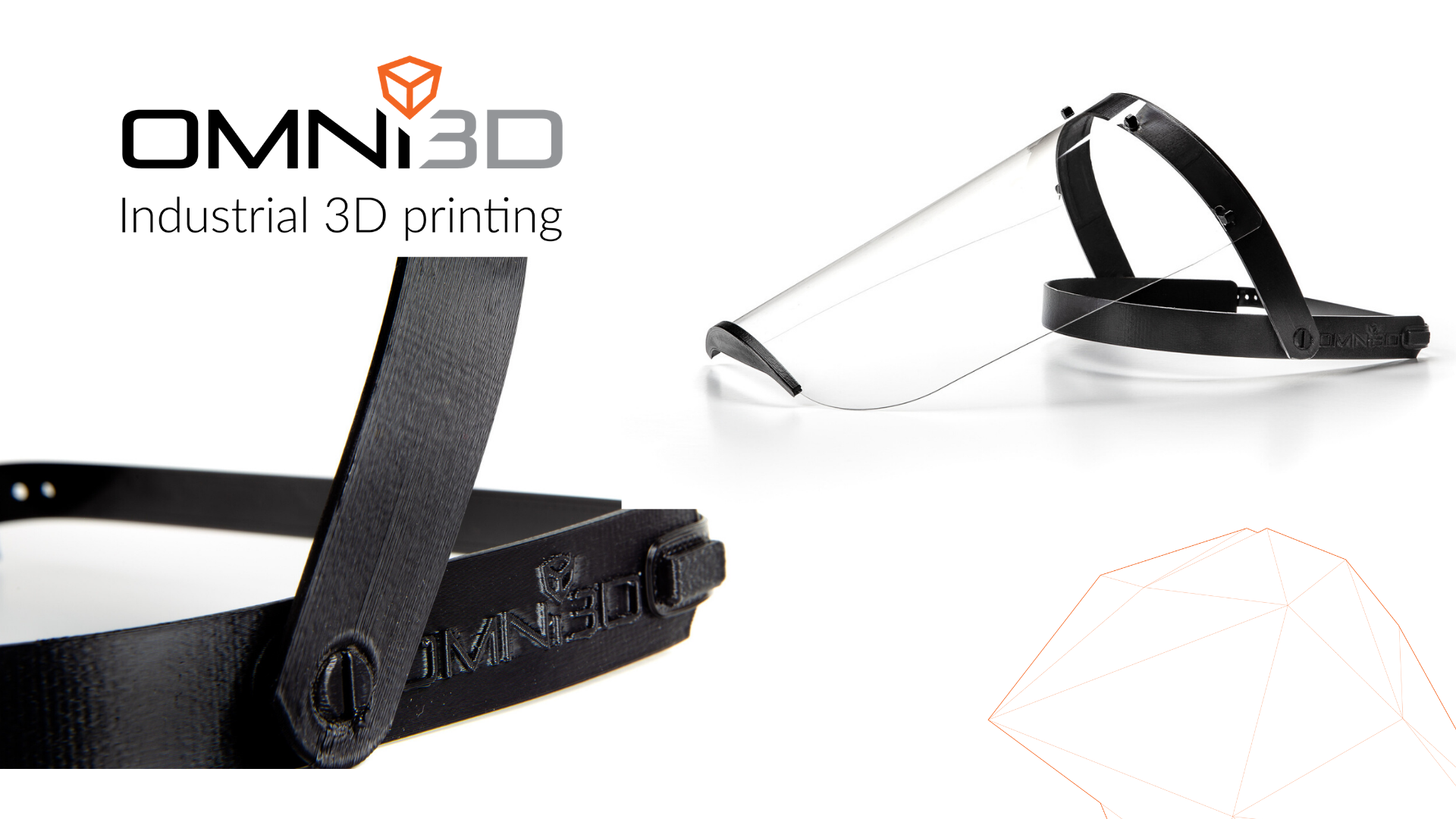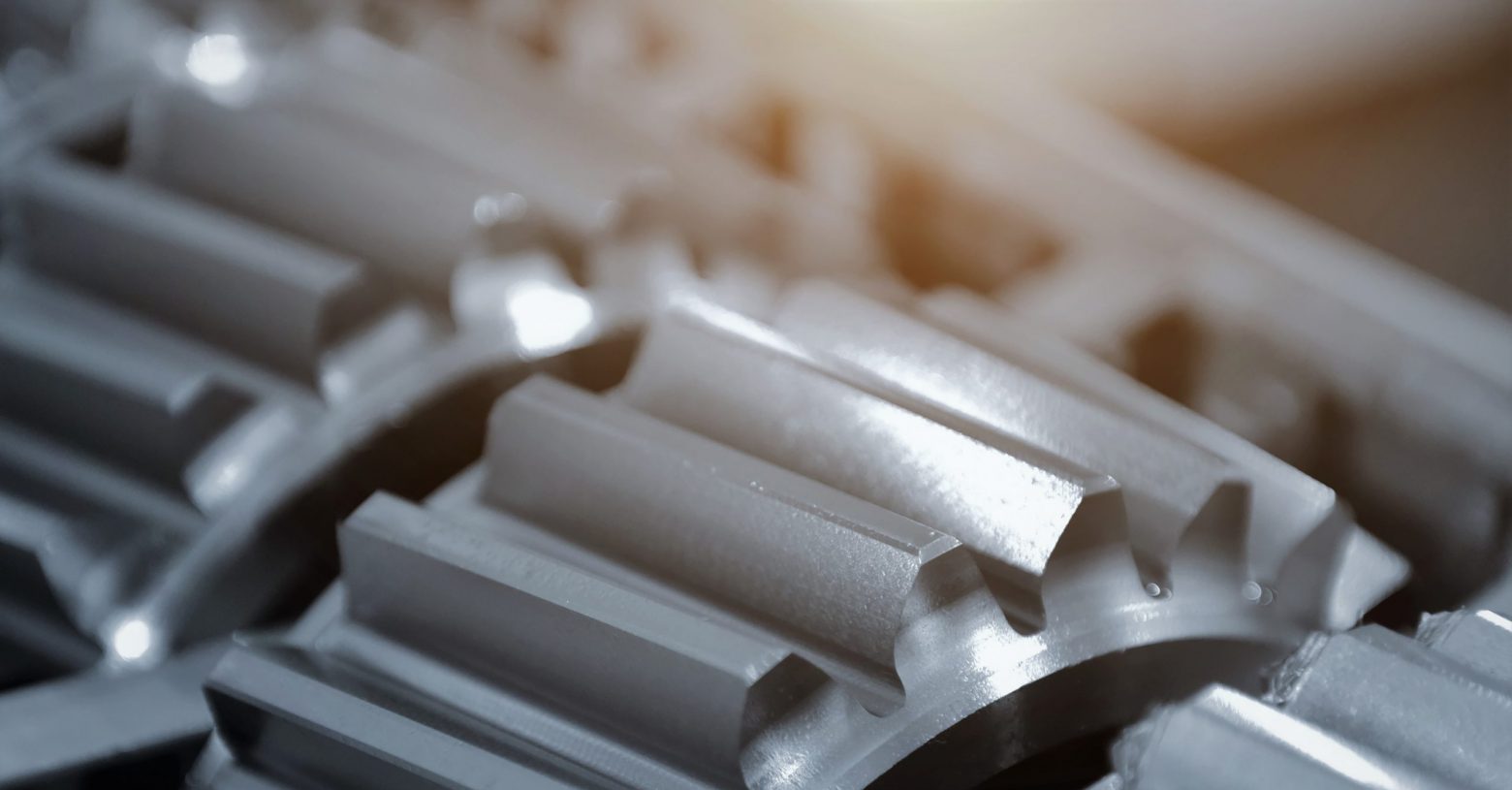
by admin | Oct 29, 2020 | Knowledge
3D printing is a technology which, thanks to its capabilities, increasingly supports the medical industry. 3D printers enable the production of spatial forms with unprecedented precision, therefore they become irreplaceable in the creation of prosthesis models, educational supports and operation planning. 3D medicine is already a reality. What is the practical use of 3D printers in this sector?

by admin | Oct 22, 2020 | Knowledge
3D printing of models with complex geometry has never been so easy!
Soluble support materials revolutionized 3D printing technology. They make it easier to print items that were almost impossible to print with a simple filament. How to use ODS-20 soluble support filament from Omni3D?

by admin | Oct 15, 2020 | Knowledge
Designed in cooperation with doctors, the improved face shields provides high wearing comfort thanks to the adjustable and lifted visor. Thanks to the use of high quality materials, it can be disinfected entirely with standard agents.

by admin | Oct 1, 2020 | Knowledge
The 3D printing technology gives a wide range of possibilities to produce elements, spare parts and tools used in the maintenance area. 3D printers can make even the most non-standard and difficult to access elements in a short time, thus saving time and production costs.

by admin | Sep 24, 2020 | Knowledge
Companies from the railway industry began to implement 3D printing technologies to perform production and maintenance work. Building a good train that can withstand the distance and provide passengers with comfort requires a large number of very high quality components. The rail sector is increasingly turning to additive manufacturing, more commonly known as 3D printing. Railroad companies and analysts say the technology – which has been in development over the last three decades – can help bring obsolete spare parts to market and cut production times by up to 95%. How effective is this technology and how much does it support the industry?






